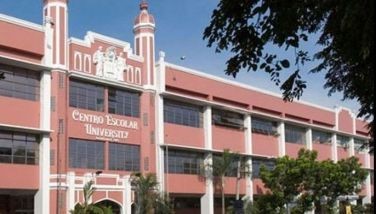Inflation closes at 2.7% in December 2014
According to the Institute for Development and Econometric Analysis, Inc. latest NewsBriefs, Inflation closes the year at 2.7percent. Inflation in December 2014 clocked in at the year’s lowest of 2.7percent, bringing the overall average inflation for the year to 4.1percent, comfortably within the government’s inflation target of 3-5percent. Overall inflation in 2013 stood at 3percent.
The considerable lower prices of petroleum and electricity charges drove the inflation slowdown in December. Food inflation also eased to 5.5percent for the month from 6.5percent in November.
In the National Capital Region prices pulled back to 1.6percent in December 2014.
Likewise, in Areas Outside NCR, inflation decelerated to 3percent.
Core inflation, which nets out food and energy items for their price volatility, settled at 3percent for the whole year of 2014. This is slightly up from the 2.9percent observed in 2013.
National Economic Development Authority’s Director General Arsenio Balisacan cautions against the possible inflation risks of higher water rates in 2015 and the supply impacts of typhoons Seniang and Ruby, along with the possible episode of an El Nino phenomenon. He also called for a more lasting solution for the congestion problem in the Manila ports.
Per IDEA, the Philippines outpaced other countries across the East and Southeast Asian region as its exports surged by an annualized 19.7percent in November 2014. Earnings for the month hit $5.2 billion, which brought the year-to-date exports’ growth to 10percent.
Furthermore, the Bureau of Treasury revealed that the national government’s outstanding debt stood at P5.716 trillion by the end of November 2014, P41 billion higher from a year ago and P3 billion higher from a month ago.
Domestic and external debt accounted for 66percent and 34percent of the debt respectively. While annualized domestic debt rose by 1.2percent, external debt fell by 0.2percent.
However per IDEA, despite the country’s less-than-stellar economic growth in 2014, the Development Budget Coordination Committee has decided to keep the 2015 growth forecast of 7-8percent on the back of rosy domestic prospects.
Uncertainty in the global markets, however, has nudged the DBCC to trim the 2016 growth goal to 7-8percent from 7.5-8.5percent previously.
Per same published report, the Bangko Sentral ng Pilipinas announced that the Philippines’ gross international reserves reached $79.8 billion by the end of December 2014, $1.1 billion higher from a month earlier.
Accordingly, the country’s GIR remains adequate to cover more than 10 months’ worth of imported goods and services.
Moreover, several measures are set to revamp the country’s banking industry as the BSP prepares the guidelines for the reforms on leverage ratio, liquidity coverage ratio, and on shadow banking and real estate. These measures are intended to realign the industry towards international standards and shielding banks from excessive risks, according to the researchers of IDEA.
- Latest




















